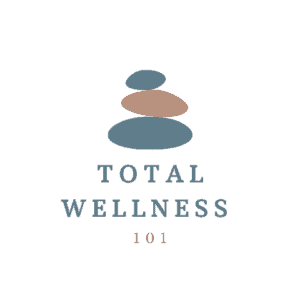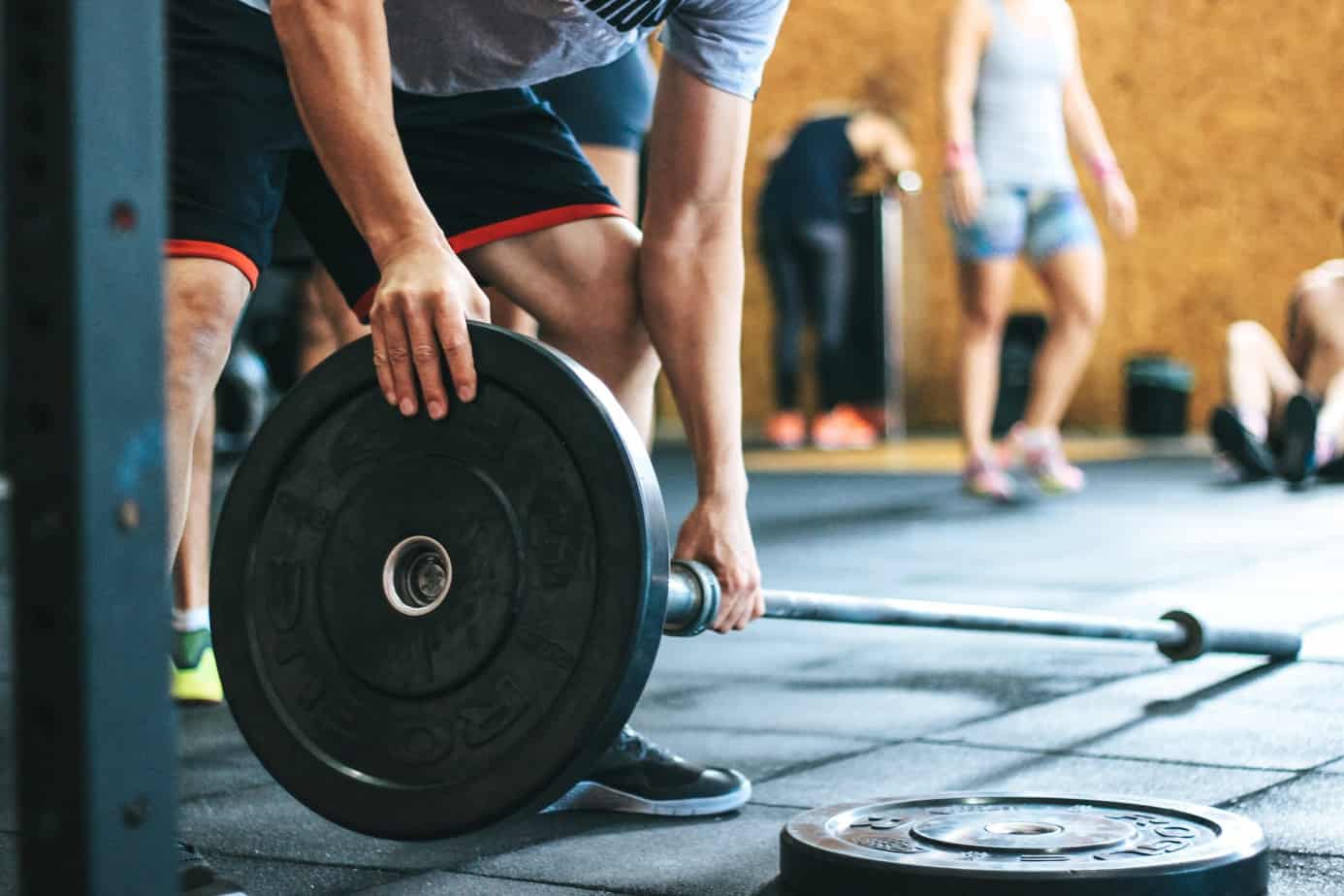For those who are just starting out and aren’t able to pay for a fitness program or trainer, it may be hard to know what to do in the gym. You may want to learn how to do everything yourself rather than depend on someone else. One of the most basic things you need if you want to achieve results in the gym is a planned routine that will get you there. Here I will lay out some of the basic principles you will need to create your own gym routine even if you don’t have much experience in the gym. This will give you a little more freedom and flexibility to plan a program around your specific needs.
In order to create your own gym routine, you will need to:
- Decide on your goals
- Schedule what days and times you will go
- Focus on each major muscle group
- Take inventory of your available equipment
- Plan out your specific exercises, sets, reps, and rest time
- Begin with compound lifts and end with isolation lifts
I will go into each of these in more detail but these are some basic principles that you can use to customize your routine. I will also include some popular exercises for each major muscle group to help you get started.
1. Decide on Your Goals
This is very important because before you do anything, you need to know what you’re wanting to achieve. This will influence what exercises you do and how you perform them. The main focuses for workout programs are typically either hypertrophy (muscle growth), fat loss, or a hybrid of the two. Hypertrophy programs will focus on “time under tension” which involves higher repetitions and lighter weight, creating a “pump” in the muscle. You will also have shorter rest times. A strength program will focus on high weight, low reps, and long rest times. I will go into more specific numbers later but just know that you will need to have a goal to be able to design your plan around that.
2. Schedule What Days and Times You Will Go
You will also need to know what days and times you plan on going. This makes it more likely that you will actually go since your workout time will be scheduled. Shoot for at least 3 workouts a week if not more. Your schedule will determine the type of split you will do. Your split refers to how your workouts will be divided in terms of muscle groups. You also need to know how long you plan on working out so that you have adequate time.
Workouts will typically range from 30-90 min depending on experience and intensity. If you have less time, your workout should typically be more intense with less rest time and more focus on fat-burning.
If you can only workout 3 days, a good split would be to do a push, pull, and leg day. On push days, you work pushing muscles like chest, shoulders, and triceps. On pull days, you would work lats, back, and biceps. And on leg days, you work quads, hamstrings, calves, and glutes.
If you have 5-6 days, you can specialize more each day and do chest, lats, legs, shoulders, and arms all on their own days. This is a typical bodybuilding routine. You could even do a full-body workout each day you go. However, this will require that you train each body part less intensely to avoid overtraining.
3. Focus On Each Major Muscle Group
As previously mentioned, you will need to plan what you do on each day once you know your schedule. The main parts of the body that are generally focused on are chest, arms, shoulders, legs, and back/lats. It’s important to equally train your whole body to avoid imbalances which can create stiffness, injuries, and a poor aesthetic. This is another reason that a plan is important because if you just go to the gym and do the exercises you feel like doing, you will likely create imbalances. So keep this in mind when you are creating your specific routine.
4. Take Inventory of Your Available Equipment
Everyone may not have access to a high quality gym. Or, the type of gym could differ. It could be a CrossFit gym, strongman gym, garage gym, or standard traditional gym. Before you can plan specific exercises you need to know what equipment you have available because that could be a limiting factor. So make sure you are familiar with your gym or the equipment that you have so that you can accurately plan. Hopefully, you will at least have access to olympic barbells, weights, a bench, a power/squat rack, dumbbells, and cable machines. Most of the main exercises you need can be done with just these.
5. Plan Out Your Specific Exercises, Sets, Reps, and Rest Time
This is where you will start to get specific with your routine. Taking into account your goals, schedule, and equipment, you will design your plan. I will lay out some general ideas for the average routine but keep in mind that this will vary based on your current physical condition, so you can experiment with what works for you. You want it to be difficult but you don’t want to feel immobile for days following the workout for example. Just try to do enough to challenge yourself.
How Many Exercises?
You will generally perform around 6-9 exercises per routine to finish in an average time of 45-60 min. If you are doing a full-body workout, just do around 2 exercises per muscle group in the routine. Otherwise, every exercise will be for the focused muscle group that day.
Repetitions and Sets
Hypertrophy (muscle building): 8-12 repetitions per set and about 3-4 sets per exercise. You need to make sure it is enough weight so that you fail at 8-12 reps. Your reps will be slower and controlled.
Strength: 1-5 repetitions per set and 4-5 sets per exercise. This doesn’t tire the muscle as much. It is meant more to train the nervous system and fast twitch muscle fibers to be more explosive. So you will be lifting close to your max weight as fast as you can with good form.
Hybrid: 4-6 repetitions per set and 4-6 sets per exercise. At this range you will be pushing hard but also tiring out the muscle and getting some pump.
Rest Time Between Sets
Hypertrophy: 30-60 seconds
Strength: 1-5 minutes
Hybrid: 1-2 minutes
Write down the routine and either use a physical or digital workout tracker where you can write down how much weight and how many reps were performed for each workout. This way you can build off of the previous week and ensure you are making progress by either increasing weight or repetitions of the same weight.
6. Begin With Compound Lifts and End With Isolation Lifts
Compound lifts refer to exercises that are more complex and work multiple muscle groups at the same time. These are what you should focus on as they are the most functional and beneficial to your overall fitness. Examples of compound lifts would be bench press, squat, deadlift, and bent-over row among others.
You want to start with these lifts because they are more taxing on your overall energy and require greater concentration and focus on form. You also don’t want to tire out just one of the muscles involved in the lift with an isolation move creating a weak link before you do the workout.
Isolation lifts refer to normally a single-joint exercise that only works one muscle group. Common examples are a curl, triceps extension, or a calf raise. It is a more focused movement designed to exhaust one particular area.
These are best performed at the end of your routine because they are easy to perform even if you are tired and can further exhaust your muscles after performing a larger movement. This leads to a greater tearing in the muscle fibers leading to increased endurance and hypertrophy.
Popular Exercises Per Muscle Group
Now you are ready to create your routine, but you may not know what exercises to perform still. There are so many exercises out there for each muscle group that you can research, but here are some of the more popular movements per muscle group. You can search any of these on YouTube if you are not familiar with the movement:
- Chest: Bench press (Flat/Incline), Dumbbell Bench Press, Dumbbell Fly, Cable Crossover, Push-Ups, Dips.
- Lats/Back: Bent-Over Row, Dumbbell Row, Pull Up, Lat Pull, Seated Row.
- Shoulders: Military/Overhead Press, Dumbbell Overhead Press, Lateral Raise, Front Raise, Rear Delt Fly, Shrug (Bar or Dumbbell), Incline Push-Ups.
- Legs: Back Squat, Deadlift, Leg Press, Leg Extension, Leg Curl, Dumbbell Lunge, Calf Raise.
- Biceps: Bar Curl, Preacher Curl, Alternating Dumbbell Curl, Cable Curl, Hammer Curl.
- Triceps: Bar Skulls on Bench, Triceps Extension, Triceps Pushdown, Overhead Triceps Extension, Close Grip Bench Press, Dips.
Good Luck!
Although it is difficult to give a very specific guide to create your own gym routine due to a wide variety of situations, I hope this at least gets you going in the right direction. You don’t have to be confused anymore when you go to the gym. You have the ability to create a routine if you just put in a little work. Good luck on your fitness journey and let me know if this helped!
Related articles: 7 Common Gym Mistakes For Beginners, How To Create a Cheap Home Gym for Under $75, Jym Supplement Science: Best In The Industry, How To Start Your Fitness Jouney
Recent Posts
In the pursuit of professional success, the modern working professional often finds solace in a cup of coffee or energy drink. Caffeine, the world's most widely consumed psychoactive substance, has...
Strategies for Sales Professionals to Reduce Back Pain and Injuries
In the fast-paced world of sales, professionals often find themselves navigating through long hours, client meetings, and constant travel. Amidst the pursuit of closing deals and meeting targets, the...

